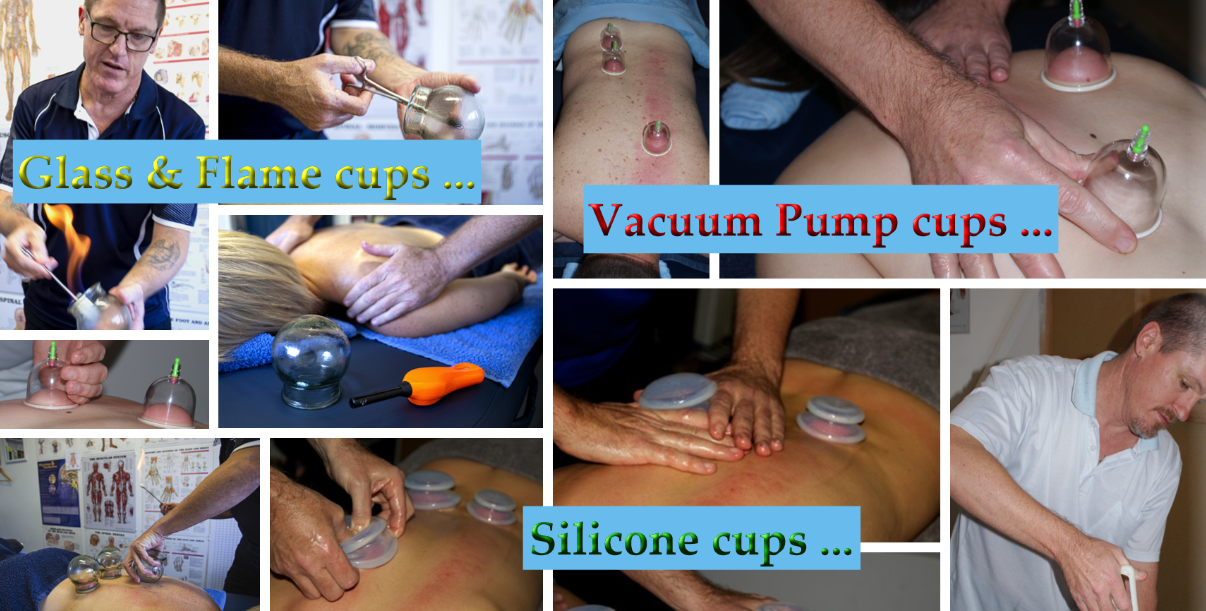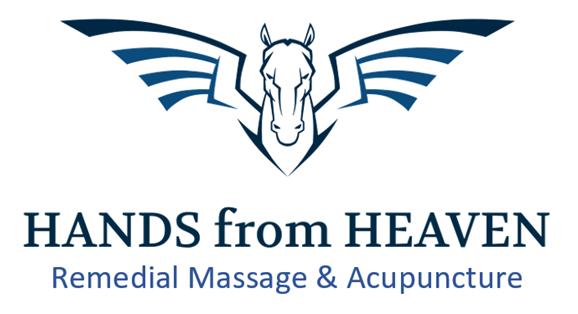
Spotlight on Techniques – Remedial Cupping.
Cupping is one of those techniques that intrigues so many people. It is frequently considered to have historical roots in Acupuncture and Traditional Chinese Medicine (TCM) but the use of cups for healing purposes dates back to most ancient civilisations around the globe, and it has managed to remain an integral part of medicine throughout the ages. Just as advancements have been made in the world of medical science, cupping too has evolved along with everything else – from using natural devices such as hollow animal horns and bamboo segments, to more manufactured tools like glass, suction-pump or medical-grade silicone cups.
The philosophy behind cupping can vary and will be heavily influenced by the era and global region it is being used in – for instance in TCM cups are believed to release energy blockages, stimulate Qi Flow and are frequently used in conjunction with Acupuncture needles and Moxa … Whereas other tribal cultures recognise the more immediate and visible benefit of drawing infection and/or poisons from the body at the site of an open wound. The common ground across all understandings and beliefs in cupping is the fact that the cup uses suction to facilitate a result or make a therapeutic change in the local tissue.
The basic understanding behind Cupping Therapy as we use it in today’s world identifies that by creating suction to secure a cup on the skin, the underlying tissue is raised partway into the cup to stimulate local circulation (increase blood flow to the target area), which in turn activates the immune system, flushes the area, and produces a mild stretch to the underlying, superficial tissue. The stronger the suction – the greater the potential for change.
How does Cupping work – Why would I need it?
Following modern Western beliefs – or a more logical and ‘science based’ thought process – the physical action of applying a cup draws blood to the area, stimulating mobility of all fluids immediately under the skin, and provides a mild stretch to superficial tissue … so …
Stimulating Circulation can help the healing of micro-tears when a muscle has been worked hard and help flush local muscle of lactic acid and other metabolic waste that can make you feel stiff & achy.
Stretch to superficial tissue can be challenging to recognise immediately but has the potential to help improve some aspects of flexibility and Range of Motion (ROM).
How strong is too strong?
Just like so many other Remedial Massage techniques how strongly cups are applied will likely be that little bit different person-to-person, but the underlying rule is that using cups should not cause pain … if it hurts – the suction is too strong. You want the cups to be on strongly enough to make a change to the target tissue, but pain is a warning system from your body to tell you something is wrong, so therefore “Pain = Too much suction”.
What about the colour?
Some people ask me to use cups during their treatment with the clear and obvious focus on getting purple marks to wear as a badge of Honour … and to each of them I say “it’s not about the colour – It’s about achieving a desired change in the tissue!”
In TCM – the potential for colouration is connected to the amount of stagnation being liberated from the tissue … the darker the colour – the more stagnation is released.
In Western Philosophies – the potential for colouration is connected to the degree of rupture among the superficial blood vessels … the darker the colour – the more blood vessels have been ruptured.
Static or Gliding?
This will depend on why we choose to incorporate cupping into your treatment.
- A Static cup can be more beneficial for focal ‘spots’ of pain or dysfunction (like Trigger Points), whereas Gliding a cup along the length of a muscle or muscle group can help stretch a fascial line and increase flexibility.
- A Static cup will bring blood into the immediate area of muscle under the cup, whereas Gliding a cup over a muscle group can stimulate circulation to a greater region of the body for greater – potentially longer lasting – results.
How much is too much?
Using cups during a Remedial Massage Treatment is relatively risk free in terms of potentially harmful techniques. I have found it can very effective when usual compressive massage techniques aren’t quite achieving the results I want – sort of almost like the Superhero swooping in to save the day … but if Superheros did everything, they wouldn’t be super.
If you find that cupping is a technique that frequently provides great results for your body, then my advice would be to ask for cups more frequently when you come in for your massage. Frequency over time has greater potential for longer lasting soft tissue change when considered against intensity at random treatments.
In summary …
Of course, it is very challenging to provide all the information everyone wants in an online Blog, so if you would like to understand more about how cupping might fill-in the missing pieces of your next massage please come and chat with us in Clinic.
Regarding “Who uses What cups” … All of us here at HANDS from HEAVEN can provide cupping as part of our treatments – Kat & Kate like to use the silicone cups, and Jacob uses his set of vacuum pump cups, but I like to use the glass cups and flame to introduce some focal heat into the stubborn spots to help them release more comfortably.
Flame cups … a little flamboyant maybe, but who said great therapy can’t be accompanied by a little flourish of flare?




